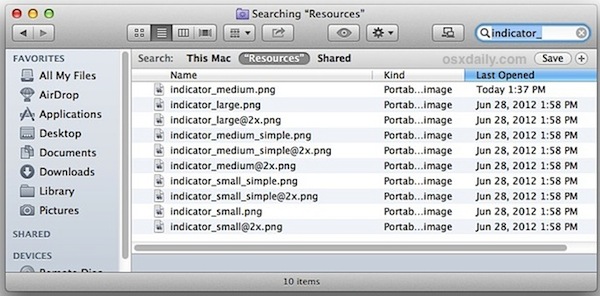Mac How To Modify Library Folders
Your home folder contains many files and folders that apps on your Mac have permission to read or modify. If you use Get Info or other methods to change those permissions, you could experience issues such as these:
Mac OS X has been designed with three key isolation features: System Isolation, User Isolation, Memory and Application Isolation. This guide is a brief overview of the article Key Isolation Features in Mac OS X at our main site and is specific to the Library Folders. Jan 13, 2017 If you are on a real Mac this will likely be just, as they apparently say, “for funsies”. 1) Open a Finder window and navigate to your home User folder (the one containing your Documents, Pictures, Movies, etc.) 2) Inside that, open the Library folder. Updating itunes library. If you cannot see it, it may be hidden. You can find it with our guide. Do not confuse it.

- Changes that you make in System Preferences aren't saved after you quit System Preferences.
- Changes that you make to the Dock aren't saved after you log out of your user account.
- Windows that were open the last time you logged out or quit an app (before you changed permissions) open again after you log in or open the app.
- You're asked for an administrator name and password when moving certain items in the home folder.
- You repeatedly get a message that macOS needs to repair your Library to run applications.
- When saving changes to an item, you get a message that the file is locked or you don't have permission to save.
- Preview, TextEdit, or other sandboxed apps unexpectedly quit when opened.
- You get an alert that the startup disk has no more space available for application memory.
- Activity Monitor shows that Safari or SafariDAVClient is using a large amount of system resources.
- Your Mac performs slowly.
- iTunes says that your device cannot be synced.
- Photos and videos that you import into Photos or iPhoto don't appear within the app, but do appear in Finder. Or your library needs to be updated or reselected each time you open Photos or iPhoto.
Reset permissions
If the issue started after changing the permissions of items in your home folder , use these steps to reset permissions.
- Apply permissions to all items in a folder or a disk. On your Mac, select a folder or a disk, then choose File Get Info. Click the lock icon to unlock it, then enter an administrator name and password (or, if your Mac has Touch ID, use Touch ID).
- You can browse safely, but adding, removing, or modifying files or changing the folders themselves can have unpredictable – and sometimes system-breaking – consequences. If you must experiment, make a bootable clone of your Mac before proceeding. Library Folders: /System/Library and /Library.
- Turn on or restart your Mac, then immediately press and hold Command (⌘)-R to start up from macOS Recovery.
- You might be prompted to enter a password, such as a firmware password or the password of a user who is an administrator of this Mac. Enter the requested password to continue.
- When you see the macOS Utilities window, choose Utilities > Terminal from the menu bar.
- Type
repairHomePermissionsin the Terminal window, then press Return. The Repair Home app opens. - Select your user account, click Next, then enter your administrator password. Click Next unlock the volume and begin resetting permissions on your home directory.
- When done, click Exit to return to the macOS Utilities window.
- Select Reinstall macOS, then click Continue and follow the onscreen instructions to reinstall macOS.
Mac How To Modify Library Folders Windows 10
Plug the drive into your Mac’s USB port. The drive should appear on your Desktop and in the Devices section on the left side of any Finder window. Drag the files you want to back up to the USB drive icon in either location. You can drag one file at a time or an entire folder’s worth of files. 6 Top Reasons to Visit your Library (Folder) By Ted Landau. Modify Preferences. For long-time Mac users, the Preferences folder is probably the most familiar reason to visit the Library folder. Manage Library folders and files in Motion. Although you can’t modify the effects, elements, and folders built into Motion, you can organize custom effects, elements, and folders in the Library the same way you manipulate files in the Finder. You can create folders and delete certain files or folders.
If the issue persists
Mac How To Modify Library Folders Without
If resetting permissions doesn't resolve the issue:
- Make sure that you have a backup of your Mac, then erase your startup disk.
- When done, reinstall macOS.
- After installation completes and your Mac restarts to the setup assistant, create a new user account using a different name than the one you were using before. Any difference in spelling is enough.
- If you made a Time Machine backup, use Migration Assistant to restore all your files from the backup.